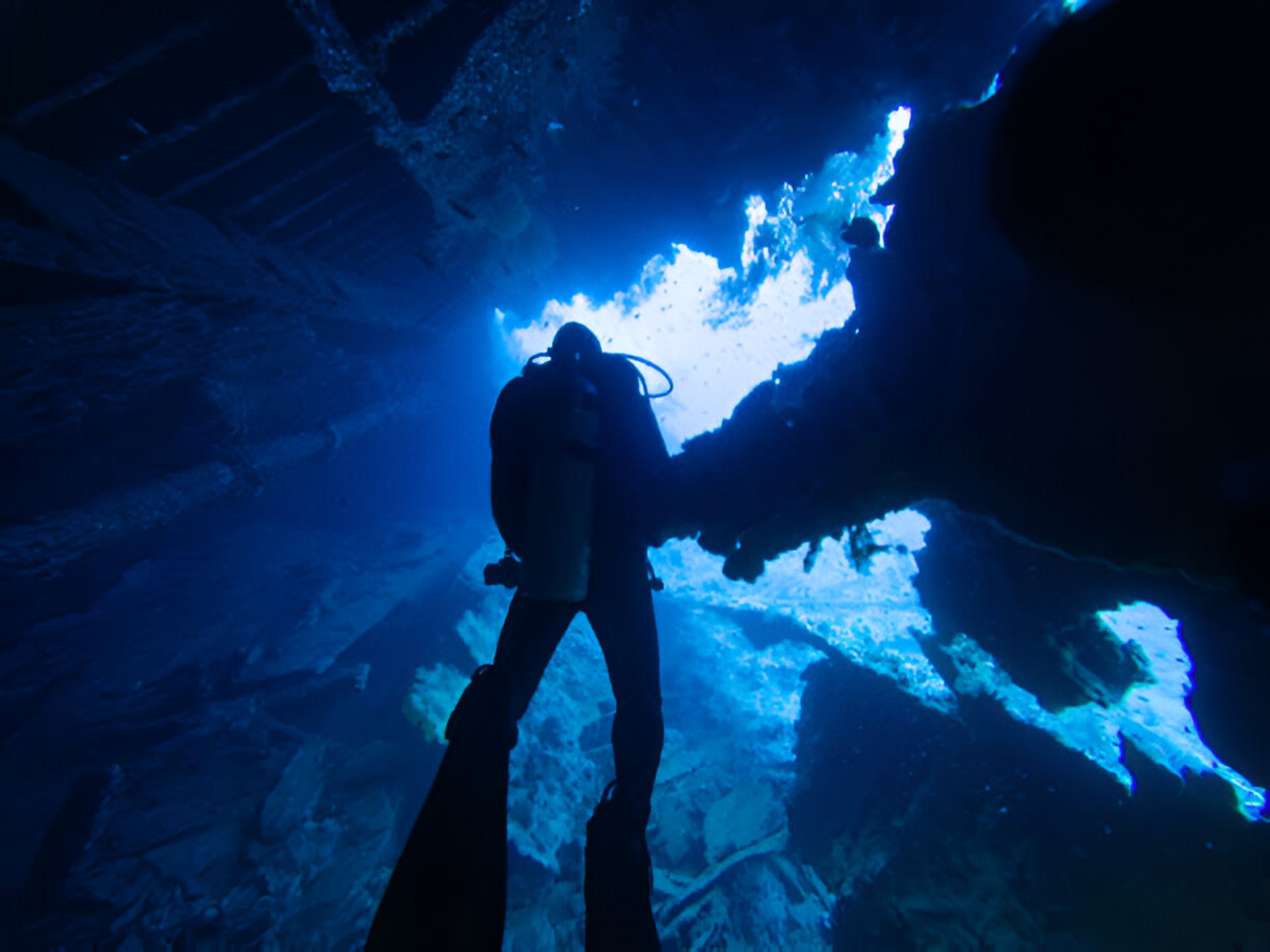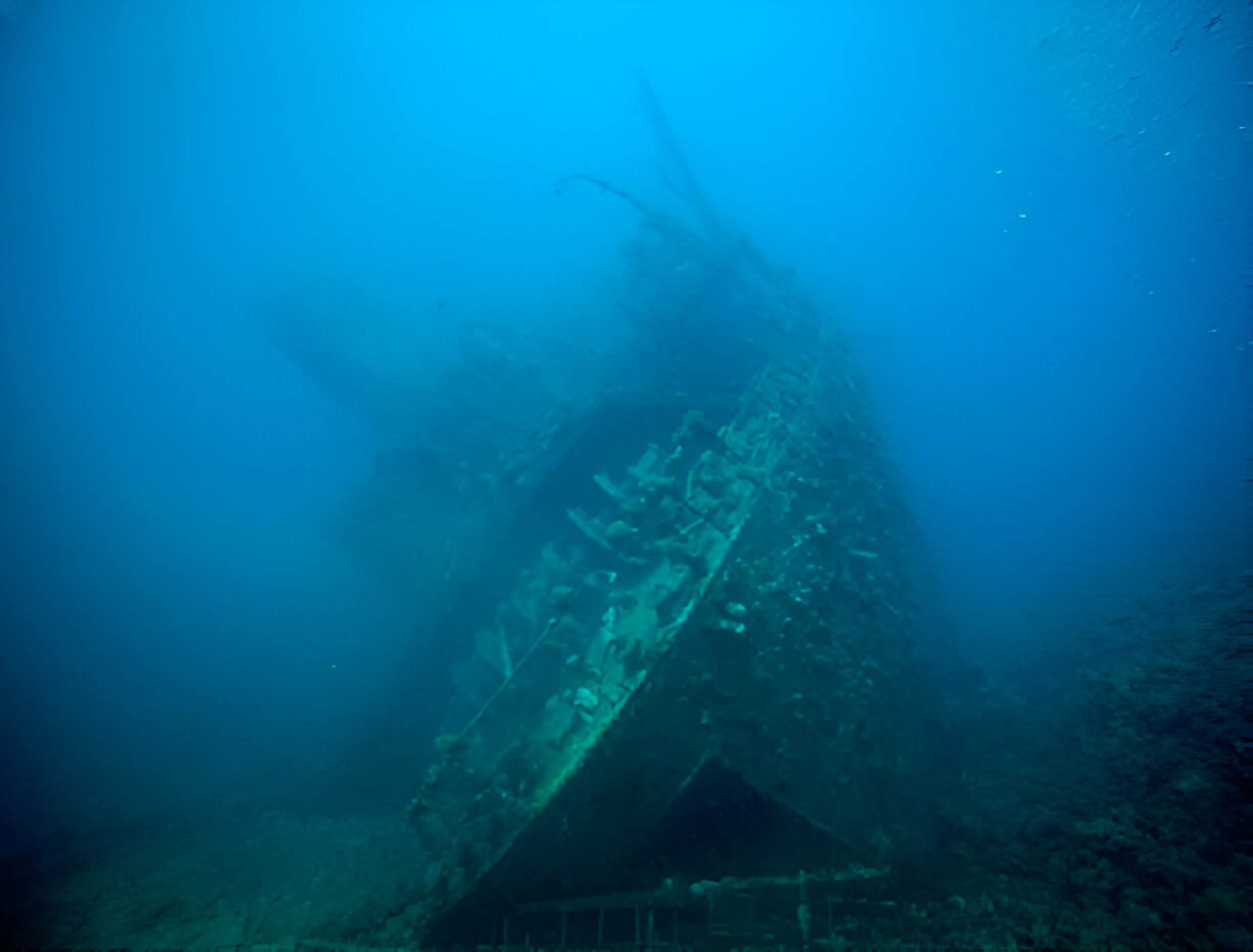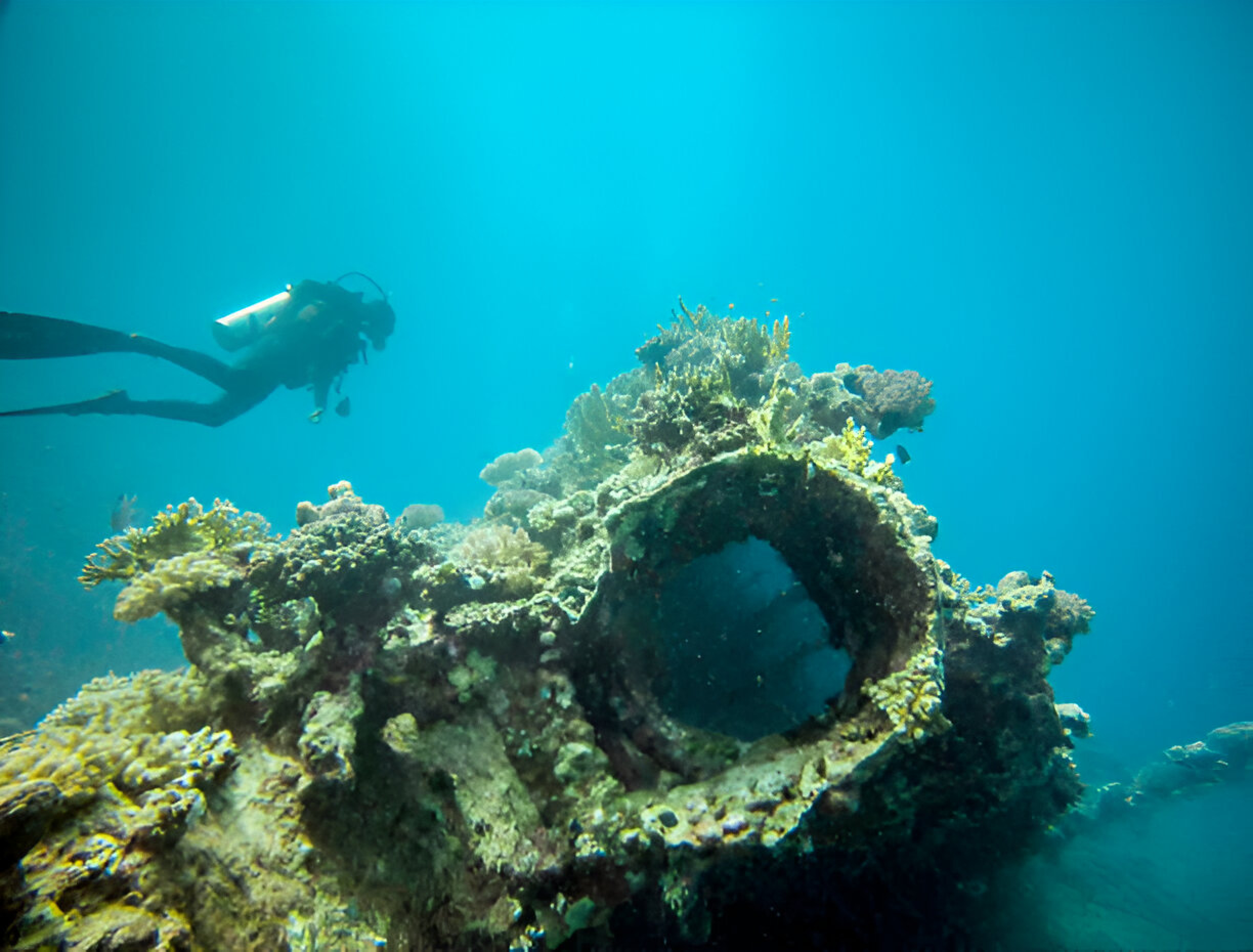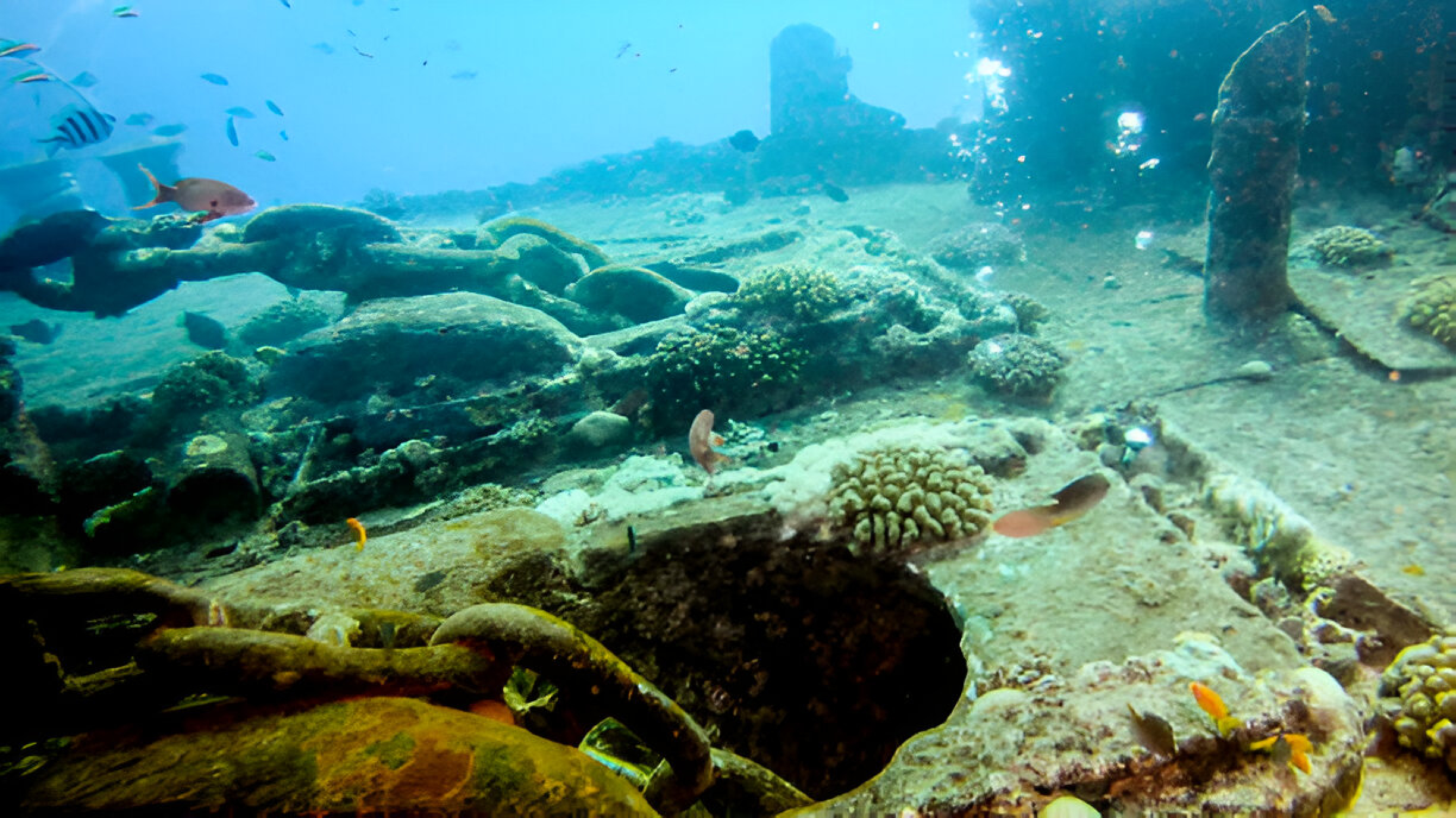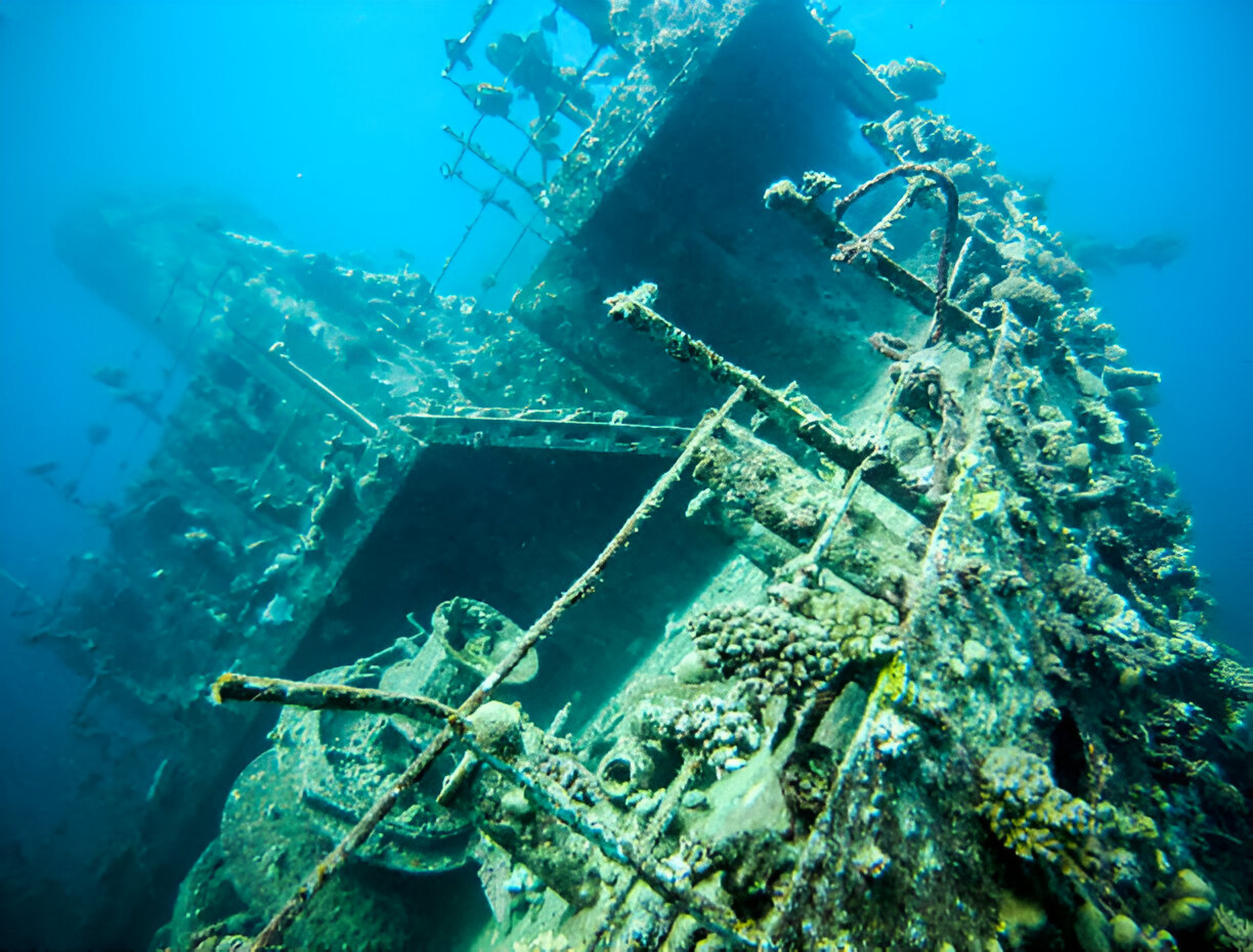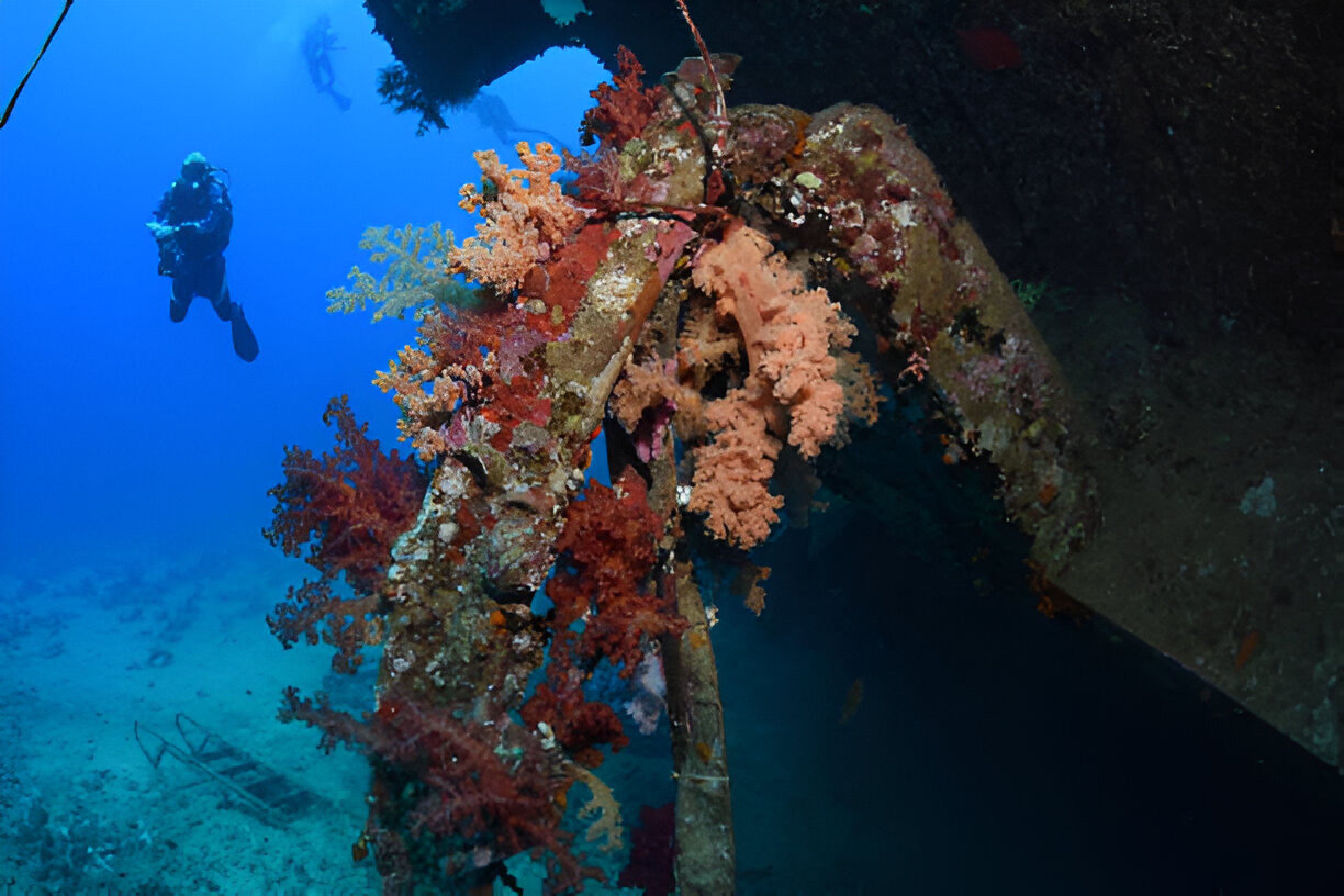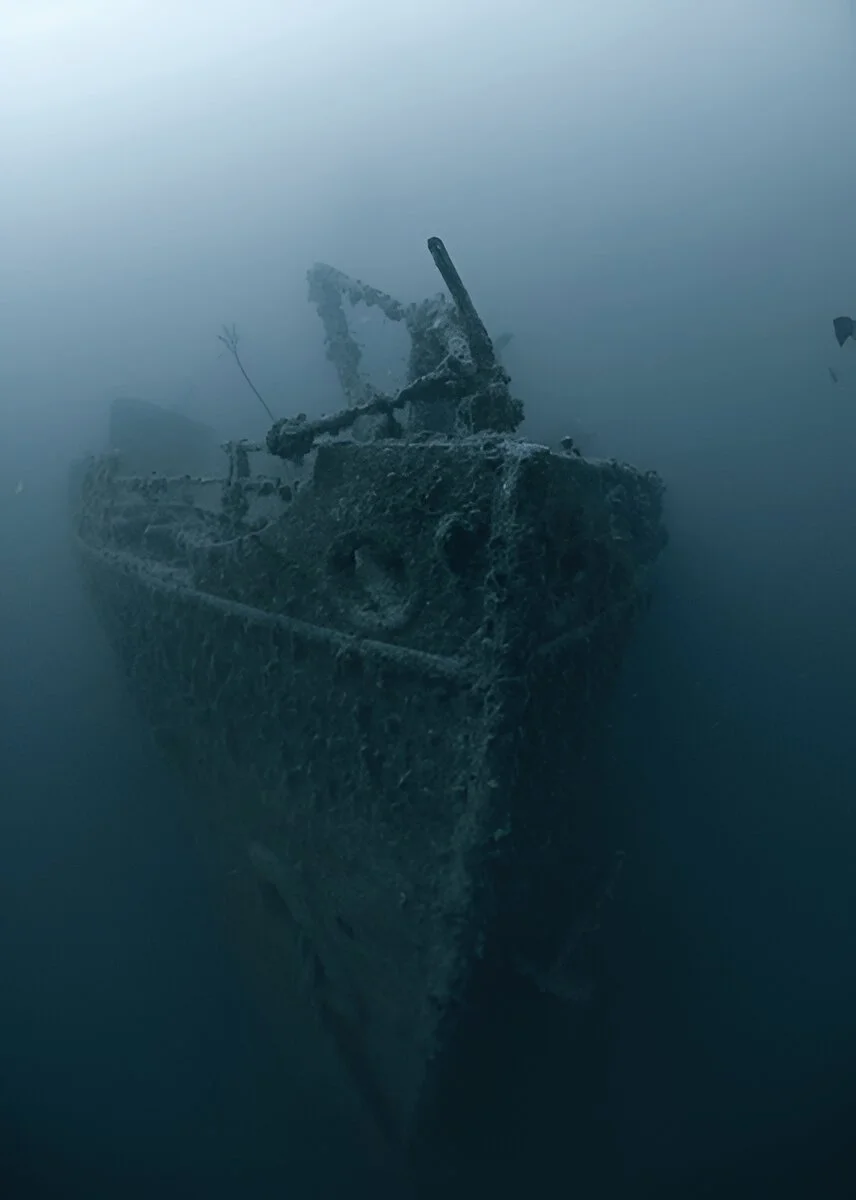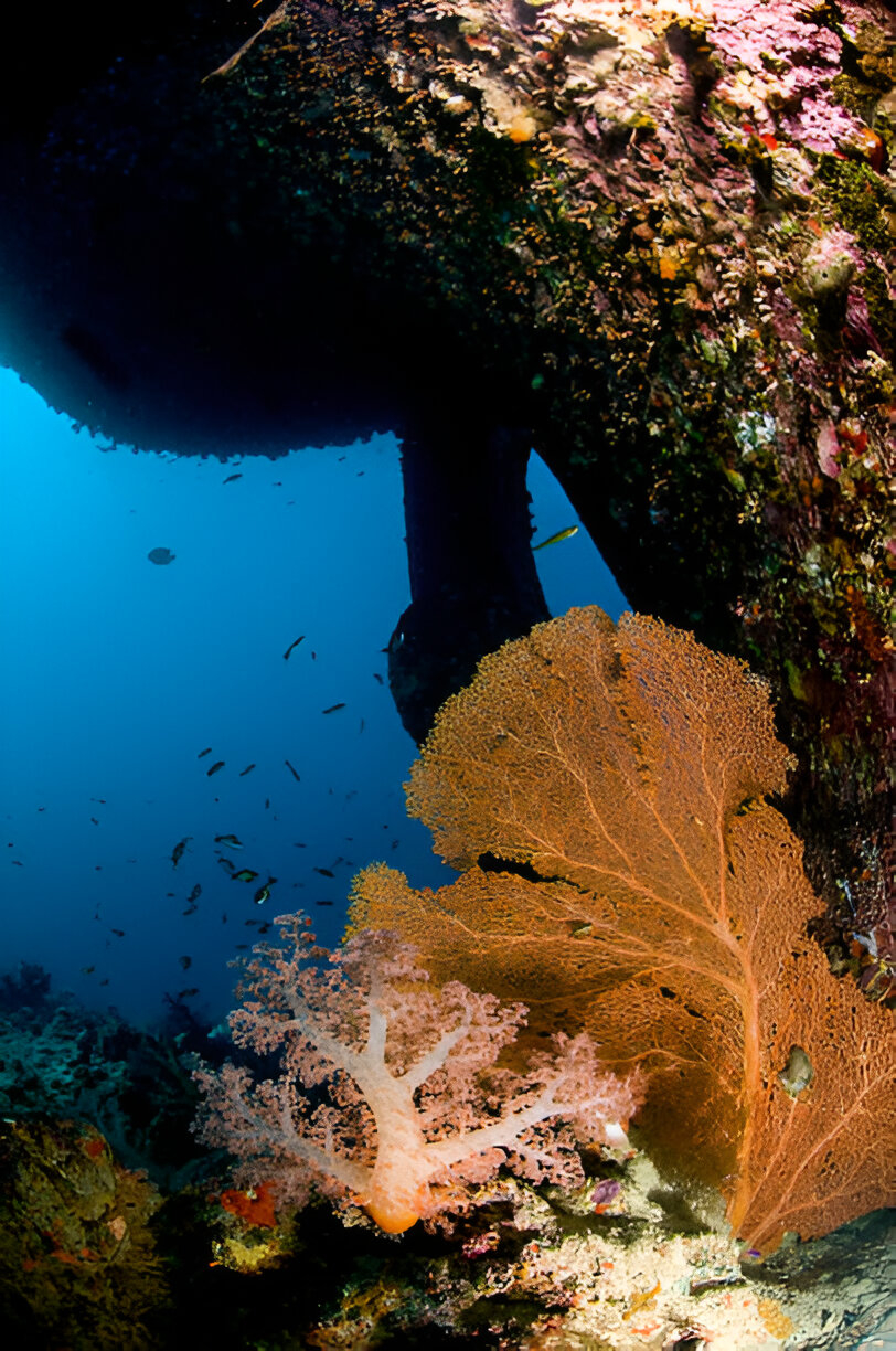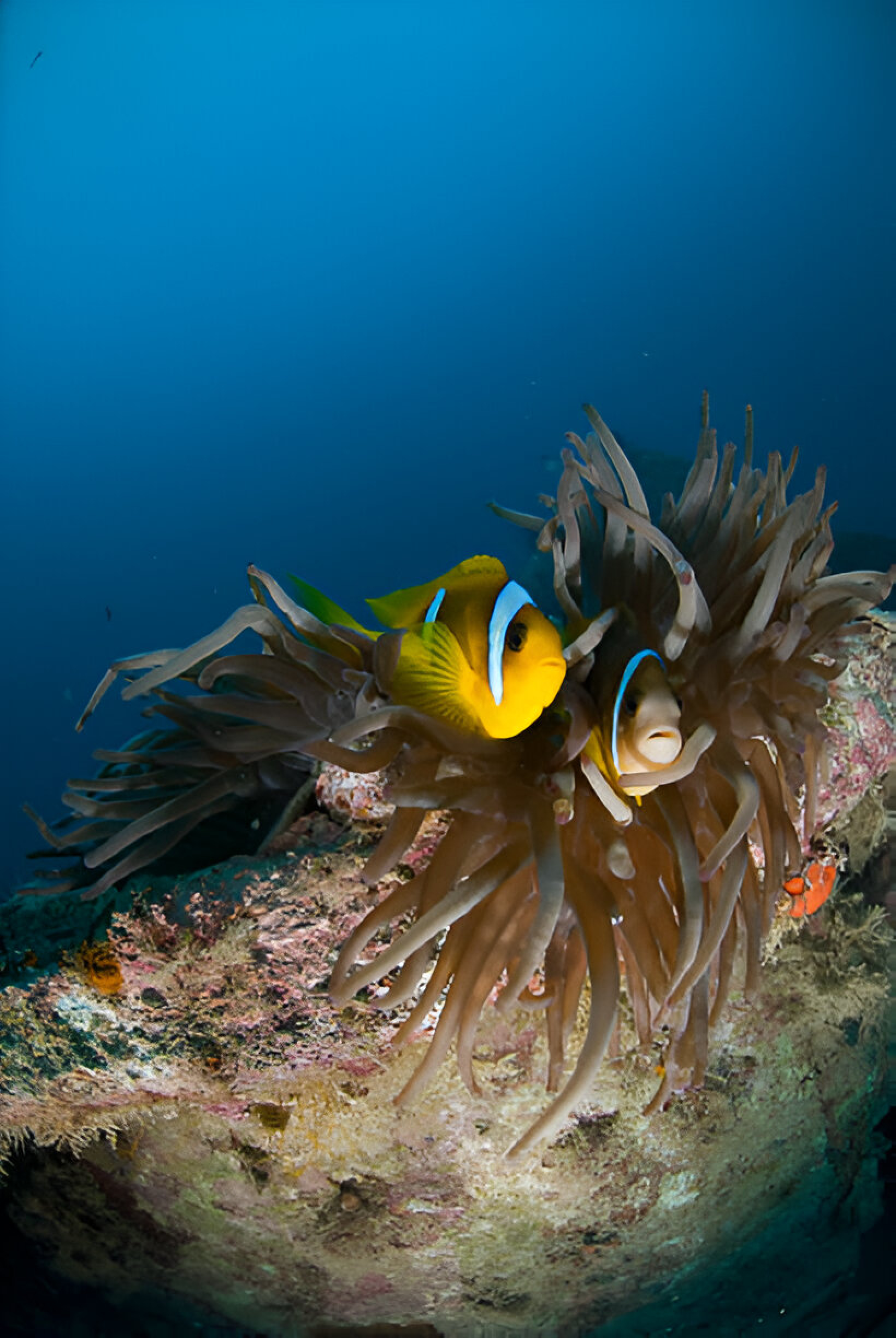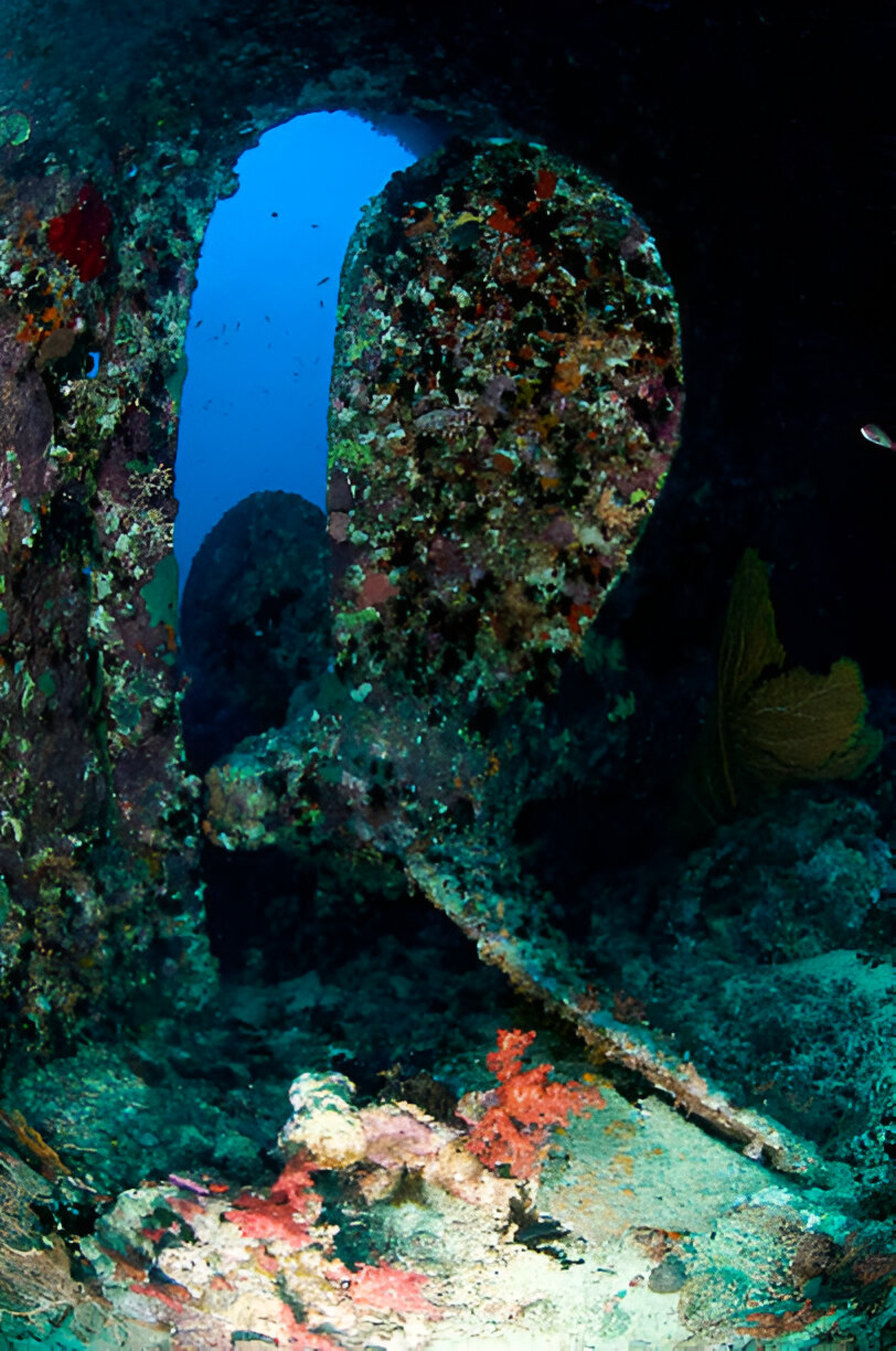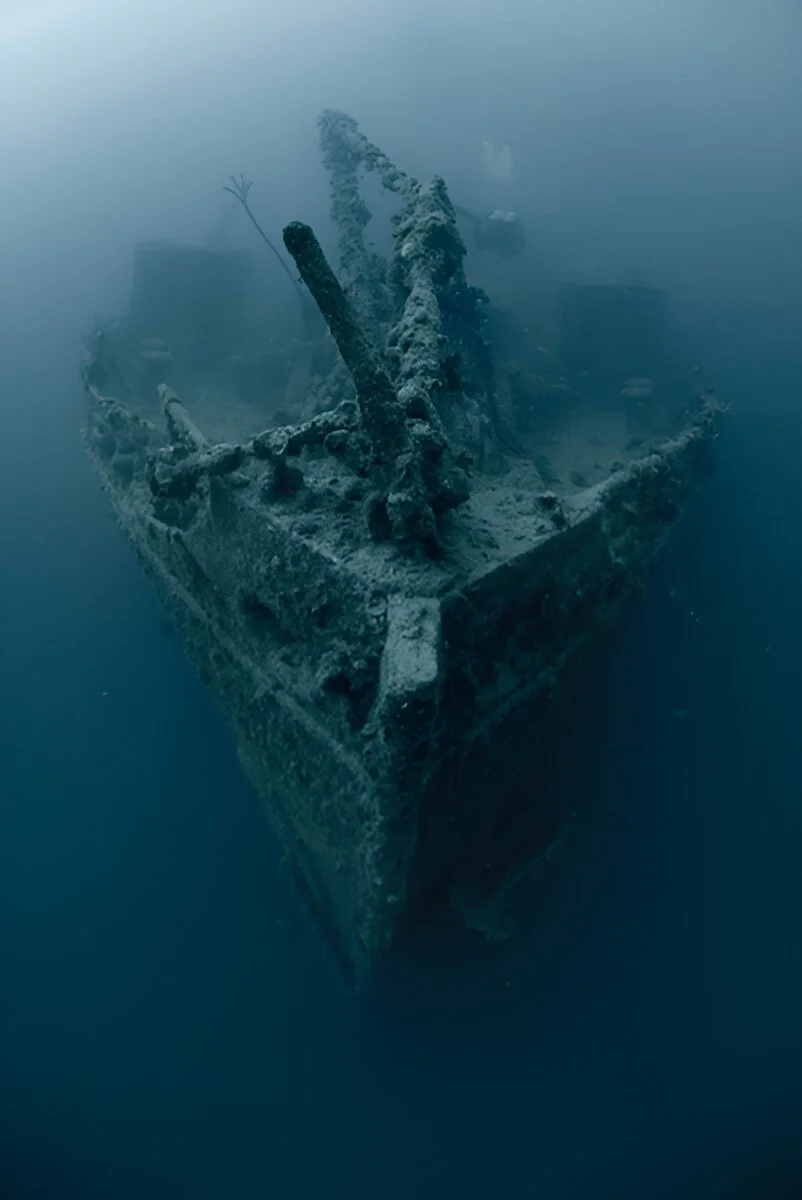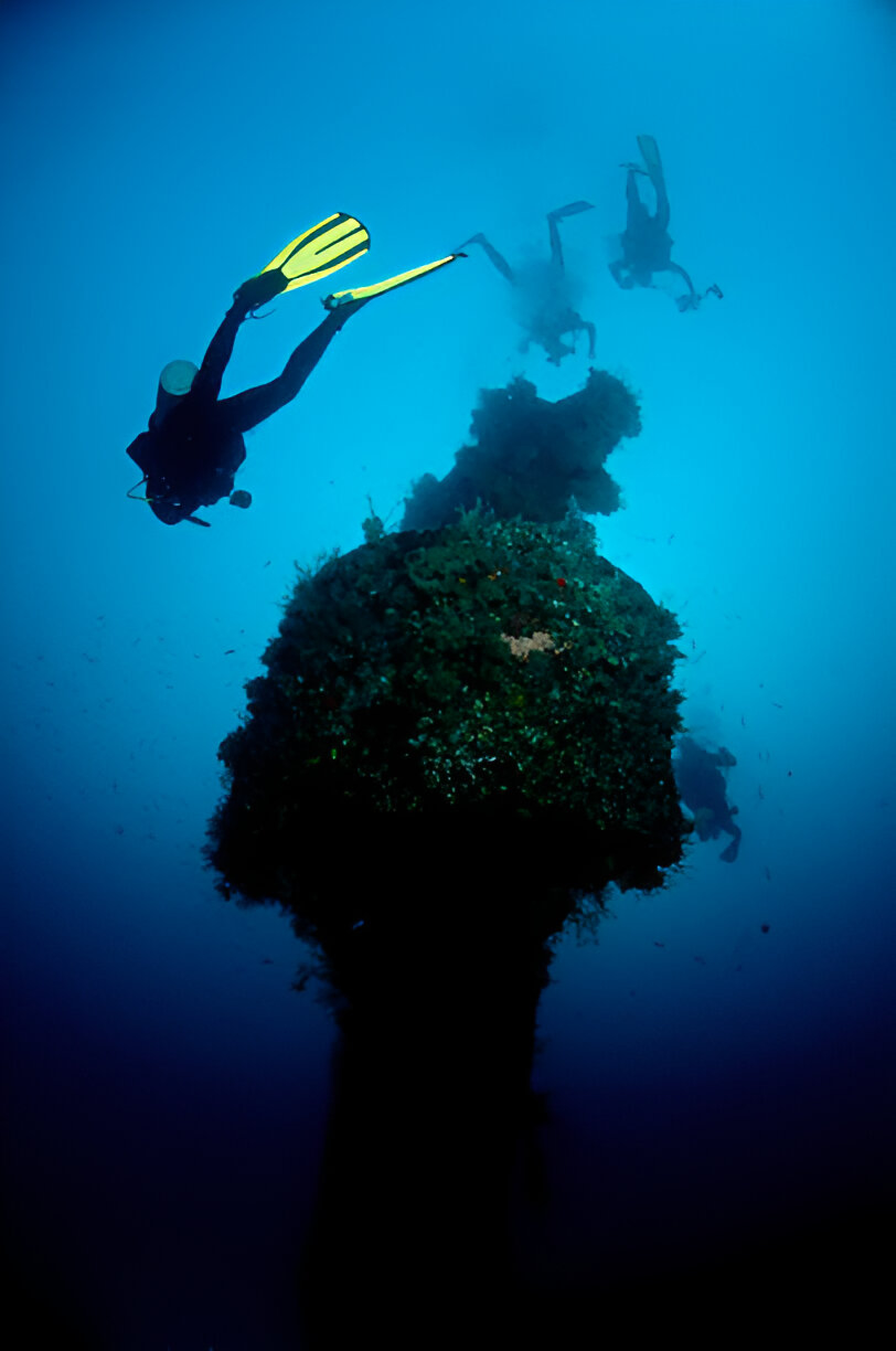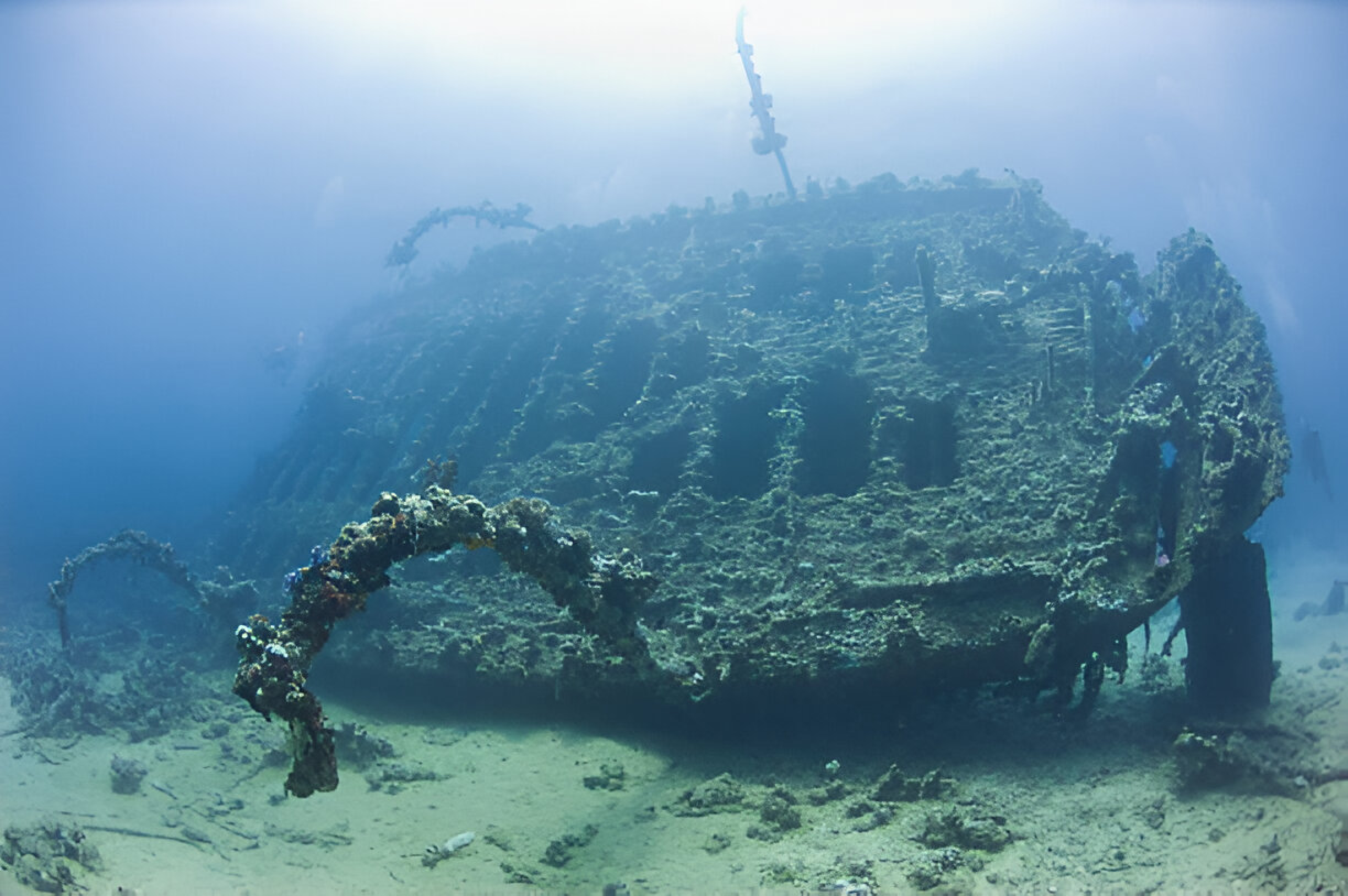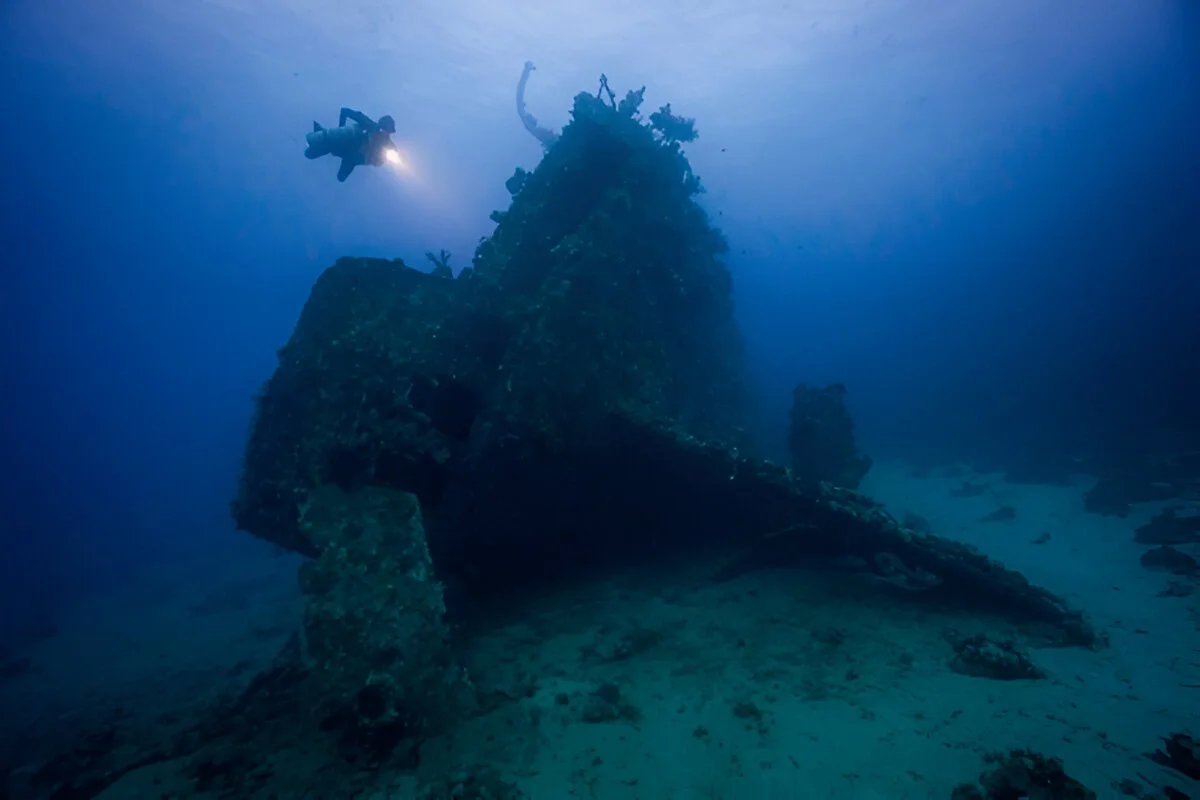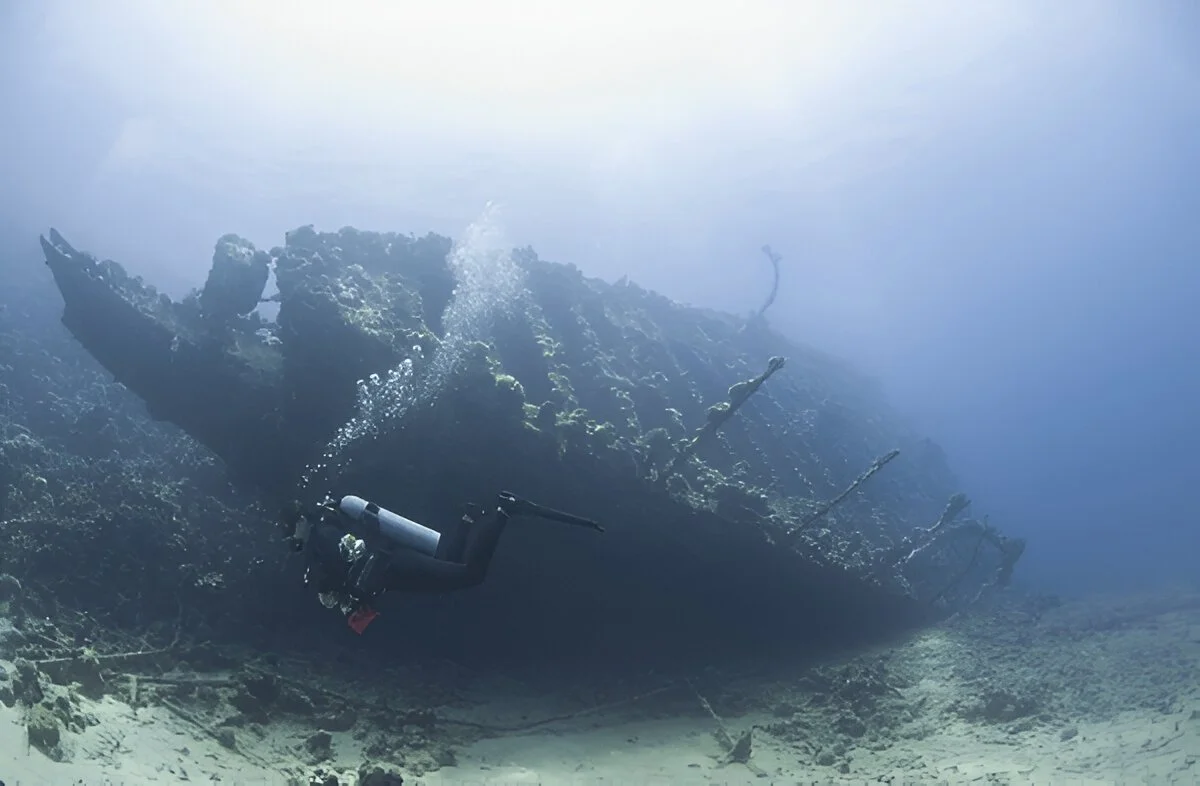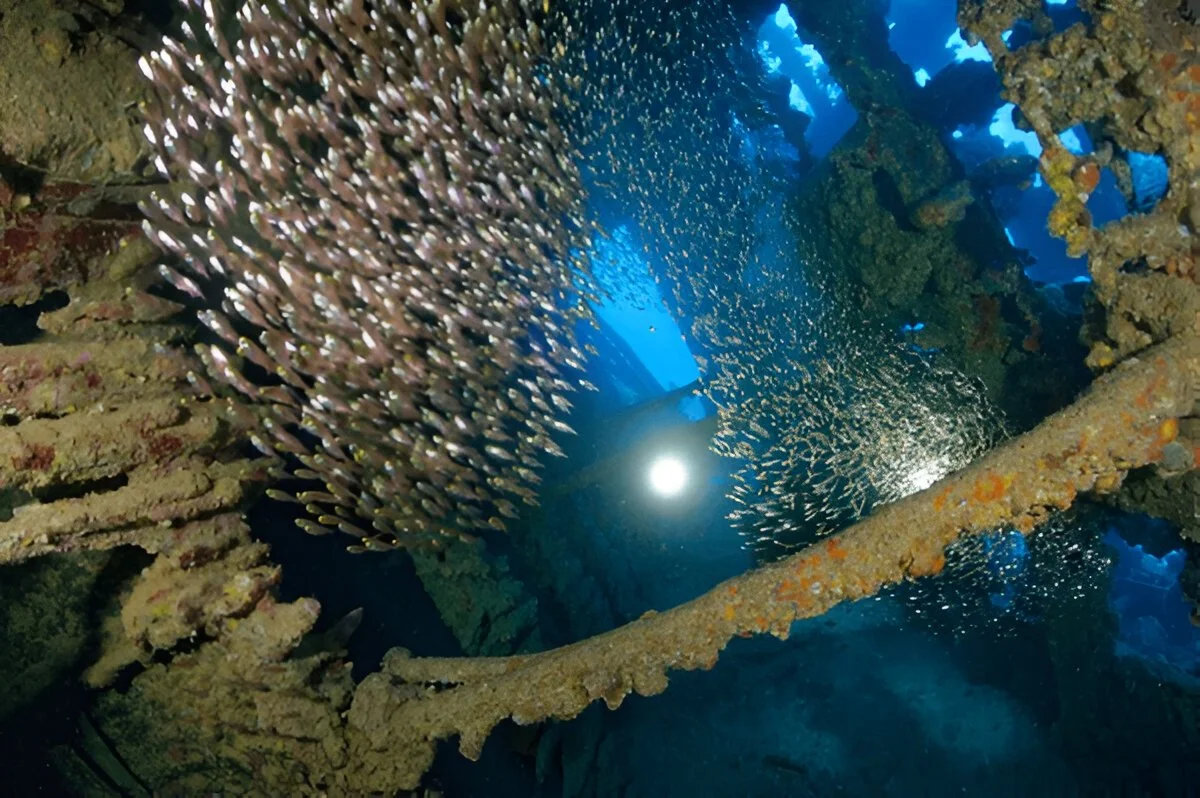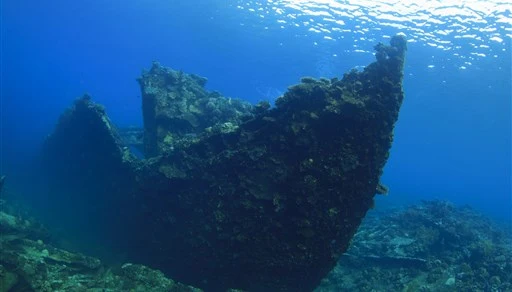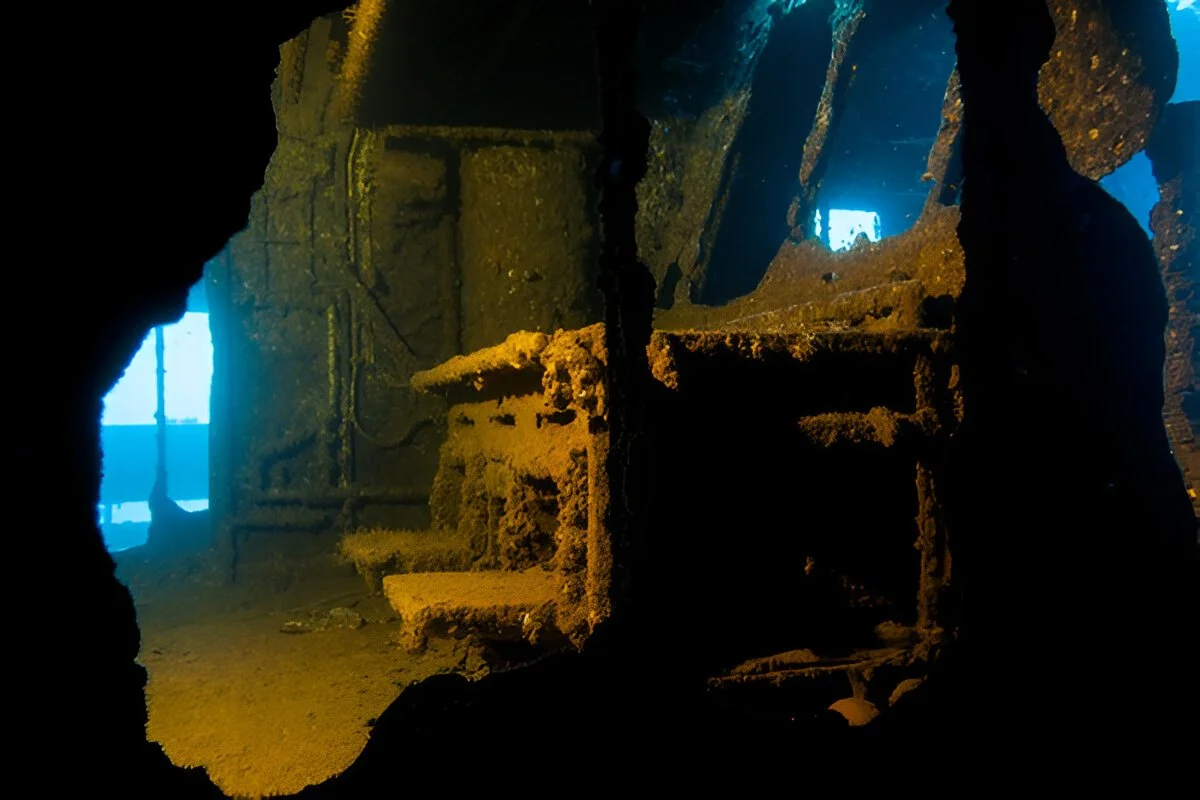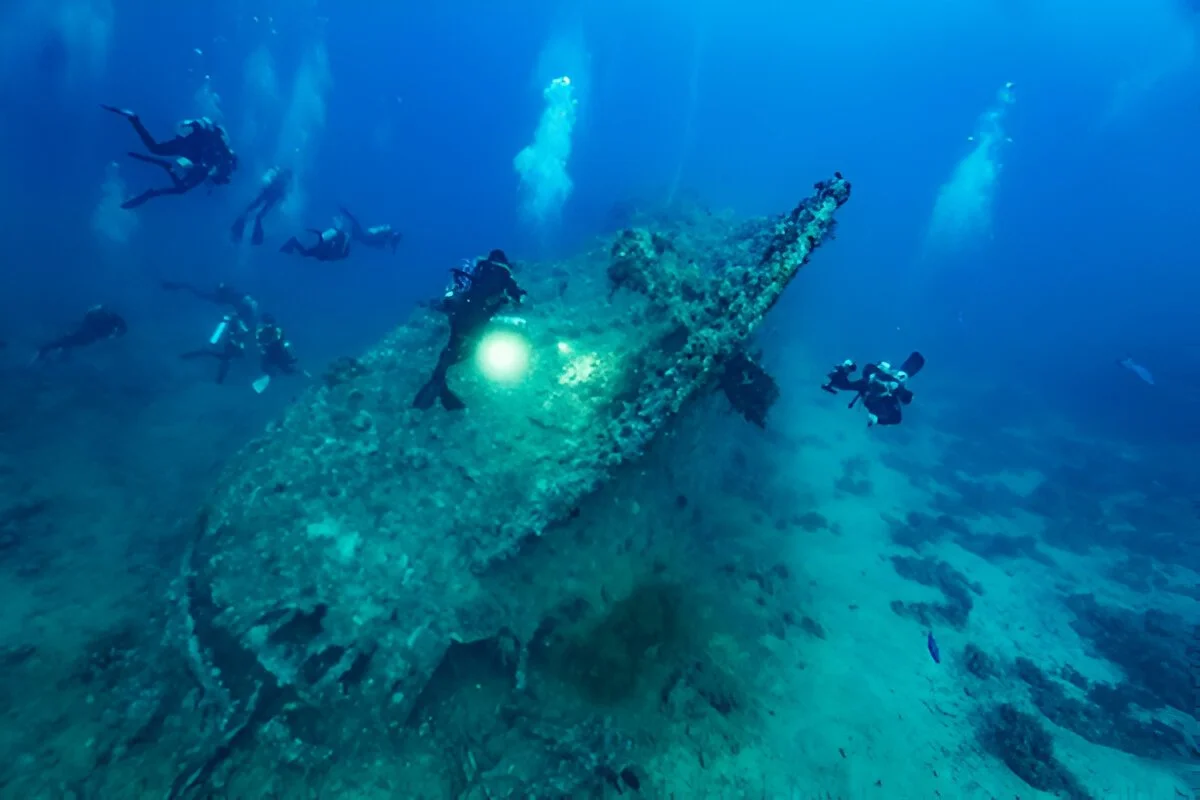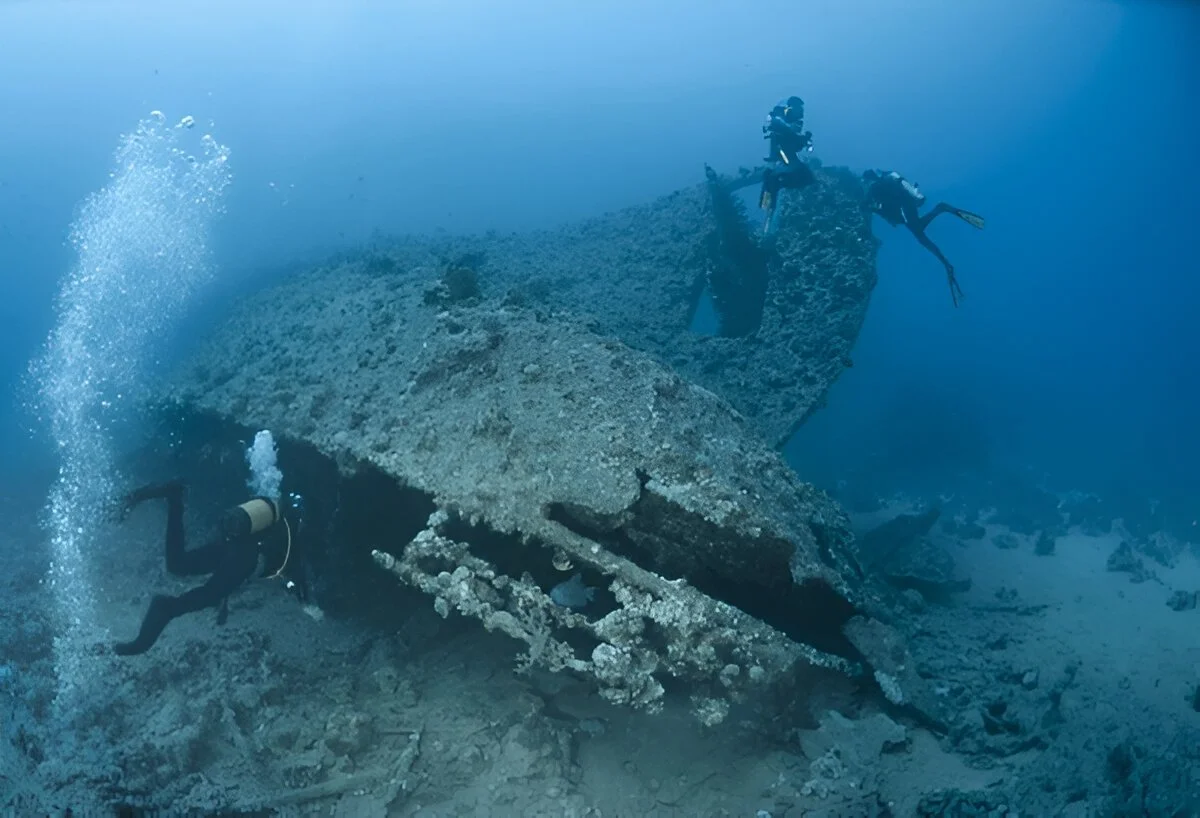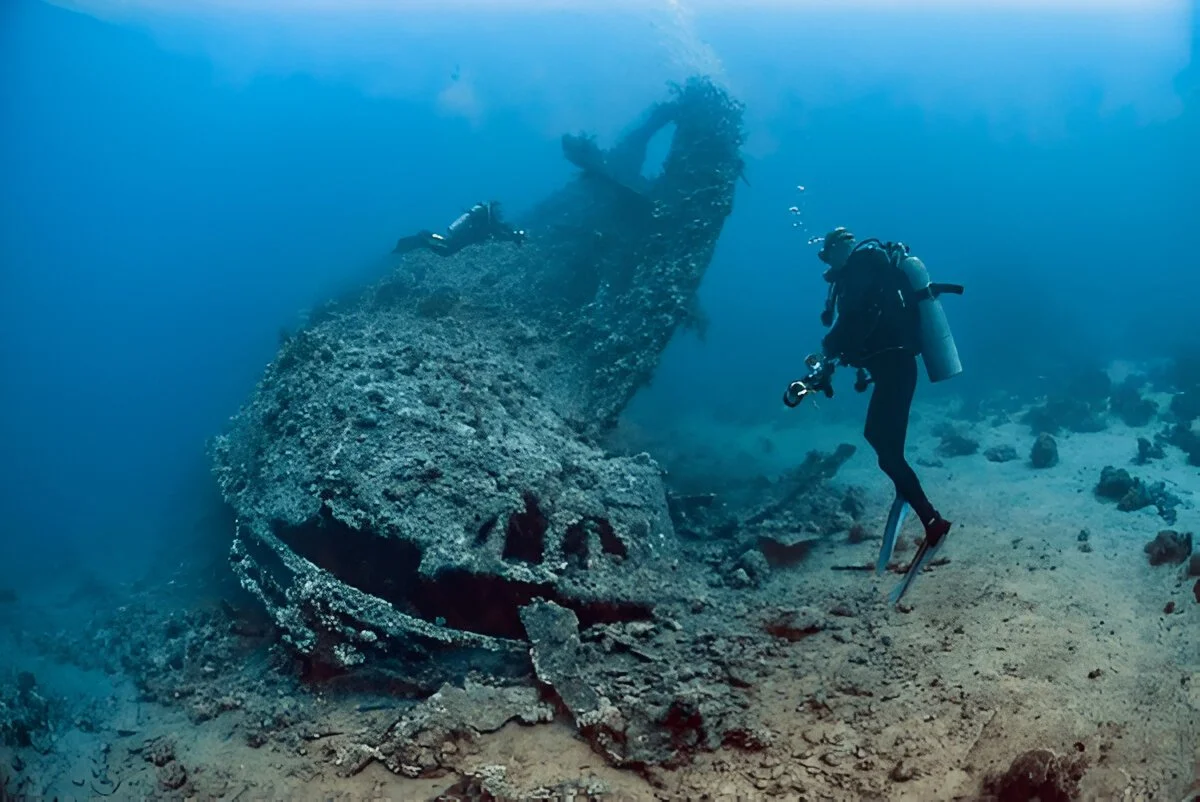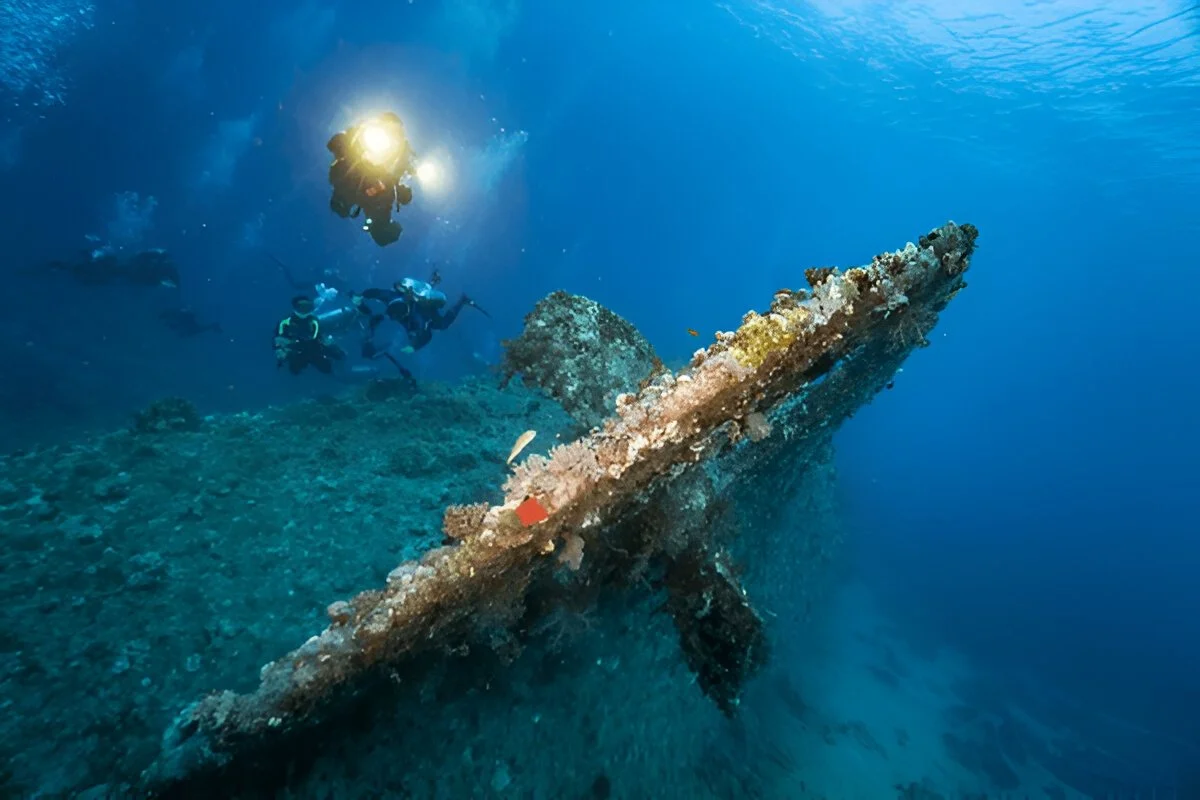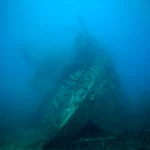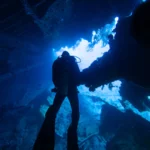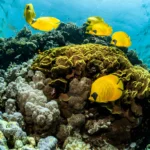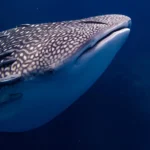The Red Sea is not only home to kaleidoscopic reefs and teeming marine life — it’s also a time capsule of history resting beneath the waves. Wreck diving in the Red Sea offers a hauntingly beautiful glimpse into the past, where coral-encrusted ship skeletons tell stories of war, trade, and tragedy.
While the SS Thistlegorm often steals the spotlight, the Red Sea’s depths hold many other legendary wrecks worth exploring. Let’s dive into some of the region’s most iconic — and equally mesmerizing — sunken treasures.
⚓ 1. Giannis D – The Tilted Freighter of Abu Nuhas
Lying on her side at Sha’ab Abu Nuhas, the Giannis D is a favorite among photographers and adventure-seekers. This 100-meter-long Greek cargo ship sank in 1983 after striking the reef, and today it lies in two main sections — the engine room still accessible, the mast reaching up toward the surface. The wreck is covered in soft corals and frequented by lionfish, glassfish, and nudibranchs, making it a stunning dive both visually and historically.
⚓ 2. Rosalie Moller – The Silent Sister of Thistlegorm
Often overlooked due to its greater depth and challenging conditions, the Rosalie Moller rests upright at around 50 meters. Sunk just two days after the Thistlegorm during WWII, this British coal ship offers a serene, eerie dive experience. The superstructure is still largely intact, and her holds brim with history. Expect to encounter giant groupers, trevallies, and clouds of fusiliers dancing around the wreck.
⚓ 3. Carnatic – The Wine Ship of the Red Sea
Dating back to 1869, the Carnatic is one of the Red Sea’s oldest wrecks, often called “the most elegant wreck.” This British passenger and cargo ship was carrying wine, cotton, and gold when it struck the Abu Nuhas reef. Its skeletal remains — now fused with coral — lie in shallower waters (around 20-27 meters), making it ideal for intermediate divers. Marine life thrives here, from moray eels to crocodilefish hiding among the beams.
⚓ 4. Chrisoula K – The Tile Wreck
Another Abu Nuhas casualty, the Chrisoula K sank in 1981 while carrying Italian floor tiles, many of which still litter the cargo hold. It’s affectionately known as the Tile Wreck and offers a moderately easy, visually fascinating dive. The wreck rests between 5 to 25 meters, perfect for long bottom times. Curious batfish, angelfish, and wrasse patrol the site.
⚓ 5. Dunraven – Inverted History in Ras Mohammed
Located near Beacon Rock, the Dunraven is a Victorian steamship that sank in 1876. Now lying upside-down in shallow water (15-30 meters), it’s fully colonized by hard and soft corals. With spotted sweetlips, pipefish, and schools of snapper, it’s an ideal site for underwater photographers and history buffs alike.
📸 What Makes Red Sea Wreck Diving Special?
-
Excellent visibility year-round
-
Warm water temperatures
-
Unique mix of history + marine life
-
Accessible wrecks for all certification levels (some even suitable for AOWD)
Whether you’re a WWII history enthusiast or a diver seeking photogenic structures filled with life, Red Sea wreck diving is a blend of past and present unlike any other.
🧭 Conclusion: Dive Into Living History
Wreck diving in the Red Sea isn’t just about steel and rust — it’s about stories frozen in time, now transformed into thriving marine sanctuaries. Whether you’re gliding past the cargo holds of the Thistlegorm or peeking into the coral-wrapped beams of the Carnatic, each wreck is a journey through history, emotion, and underwater beauty.
Some wrecks like Thistlegorm and Giannis D can be dived with Advanced Open Water. Deeper wrecks like Rosalie Moller may require Deep Diver or technical training.
Yes, but only with proper training and guidance. Penetration dives should only be attempted by experienced wreck divers.
Conditions are excellent from April to November, with the calmest seas and best visibility in May and October.
Depths vary from 15 meters (Carnatic) to over 50 meters (Rosalie Moller).
Absolutely. Liveaboard routes like the “North & Wrecks” itinerary cover Thistlegorm, Abu Nuhas, and more in one trip.
